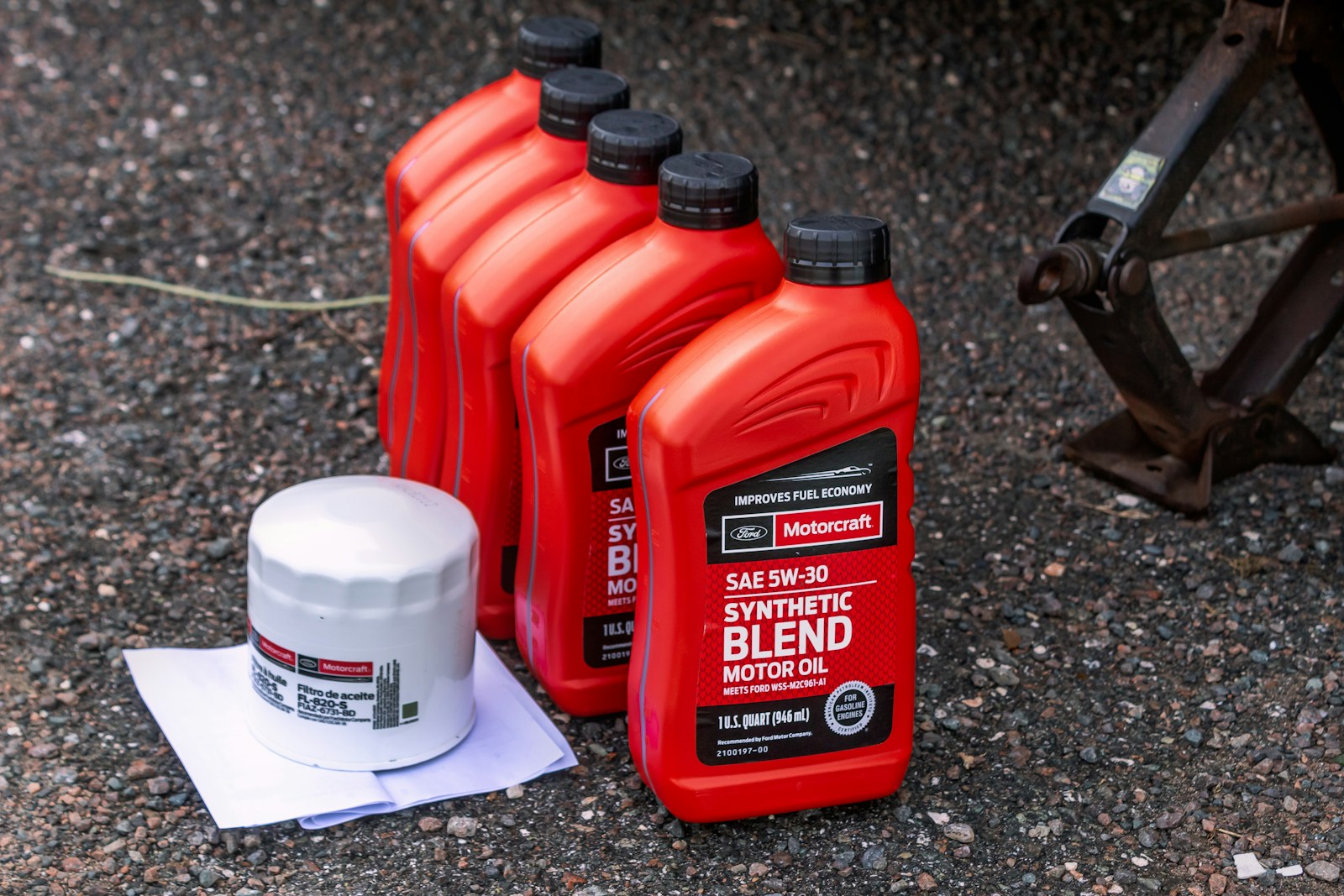For many car owners, the phrase “change your oil every 3000 miles” has become a mantra. This guideline has been passed down through generations, often repeated by mechanics and car enthusiasts alike. However, as automotive technology has advanced, so too has our understanding of engine maintenance. So, is the 3000-mile oil change rule still necessary, or is it time to rethink this long-standing advice?

The Origin of the 3000-Mile Rule
The 3000-mile oil change recommendation originated in an era when engines were less efficient and oil formulations were not as advanced. In the past, conventional motor oils would break down more quickly, leading to increased engine wear and tear. As a result, changing the oil every 3000 miles was a way to ensure that engines remained lubricated and protected.
However, with the introduction of synthetic oils and improved engine designs, many manufacturers have extended the recommended oil change intervals. According to the American Automobile Association (AAA), many modern vehicles can go between 5,000 to 7,500 miles—or even longer—between oil changes, depending on the type of oil used and driving conditions.
Factors Influencing Oil Change Frequency
- Type of Oil: The type of oil you use plays a significant role in how often you need to change it. Synthetic oils, for example, are designed to last longer than conventional oils. Many synthetic oils can last up to 10,000 miles or more before needing a change.
- Driving Conditions: Your driving habits and conditions can also affect oil change frequency. If you frequently drive in stop-and-go traffic, tow heavy loads, or drive in extreme temperatures, you may need to change your oil more often. Conversely, if you mostly drive on highways and maintain a steady speed, your oil may last longer.
- Manufacturer Recommendations: Always refer to your vehicle’s owner manual for specific recommendations regarding oil change intervals. Manufacturers often provide guidelines based on extensive testing and can give you the best advice for your particular model.
- Oil Life Monitoring Systems: Many modern vehicles come equipped with oil life monitoring systems that track your driving habits and oil condition. These systems can provide a more accurate indication of when an oil change is necessary, often extending the interval beyond the traditional 3000 miles.
The Risks of Overchanging Oil
While it may seem harmless to change your oil more frequently, doing so can actually have negative consequences. Overchanging oil can lead to unnecessary expenses and waste. Oil changes require not only the oil itself but also filters and disposal of the old oil, which can be an environmental concern if not done properly.
Additionally, changing your oil too often can lead to the oil not reaching its optimal operating temperature, which is necessary for it to effectively clean and lubricate the engine. This can result in sludge buildup and other issues that can harm your engine over time.
Conclusion: Finding the Right Balance
In conclusion, while the 3000-mile oil change rule was once a necessary guideline, it is no longer universally applicable. Advances in oil technology and engine design have made it possible for many vehicles to go longer between oil changes. However, it is essential to consider factors such as the type of oil used, driving conditions, and manufacturer recommendations.
To ensure the longevity and health of your vehicle, it is best to consult your owner’s manual and consider using an oil life monitoring system if your car is equipped with one. By doing so, you can make informed decisions about your oil changes and keep your engine running smoothly without unnecessary costs.
Leave a Reply